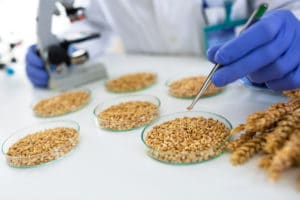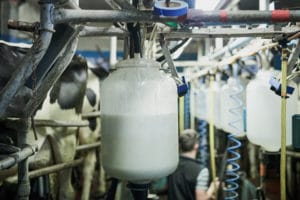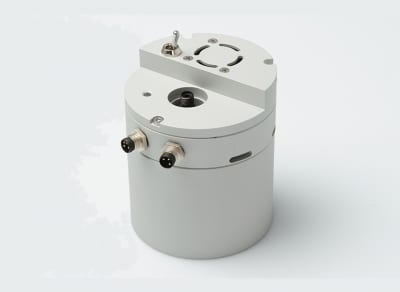Feeding the world’s population into the future will require advances in efficiency, in both quality and quantity, and safety in agricultural production and the food chain. Increasingly the world’s scientists are turning to spectroscopy to address challenges at every stage in food production. Spectroscopy in Beginning with crop production, through the process of sorting and packaging produce for sale, and even in guaranteeing food safety by identifying food forgeries.
Avantes instruments are found on the front lines of food production and food safety, with the sensitivity and speed trusted by the developers of agricultural solutions to consistently deliver data they can trust.
Applications of Near-Infrared Spectroscopy in Food Analysis

Near-infrared spectroscopy exploits the spectral response of numerous aromatic hydrocarbons and other organic compounds. Chlorophyll, for example, fluoresces 673 and 726 nm, while water and sugars like fructose and sucrose absorb light in the 1200-2500 nm range. With reference data and prediction algorithms, this knowledge can be put to use solving the world’s food challenges.
Naturally, farmers want to consistently increase production yields. Frequently, this means the application of nitrogen fertilizers which are expensive and have environmental impacts that should be mitigated. Near-infrared spectroscopy is employed in sensors like the Yara N-sensor, a device that provides real-time data about the nitrogen requirements of crops by exploiting its direct relationship to chlorophyll. The data from the N-Sensor is used in the field to adjust fertilizer concentrations automatically to ensure the right amount of fertilizer is applied only where needed. This efficiency saves money and is more sustainable for the environment.
Plant health is also essential for optimal yield and food safety, particularly in cereal grains. NIR spectroscopy is used for early detection of plant diseases that reduce yield and produce dangerous toxins such as rice blast and wheat rust. Researchers at the USDA are detecting fusarium infection, a dangerous fungal infection that attacks barley with 98-100% accuracy. Both healthy and infected samples showed similar spectral profile with a reflective band between 1555-1575 nm along with peaks at 1305 and 2000 nm, but the reflective intensity changed drastically with a 20% increase in average reflective intensity in the infected grain.
 Applications of UV/VIS Spectroscopy in Agriculture
Applications of UV/VIS Spectroscopy in Agriculture
For all of human history, farmers have relied on subjective methods of determining ripeness. With today’s technology, produce can be graded, sorted, and prepared for shipment to stores, using spectroscopy to objectively quantify ideal ripeness, described by parameters such as water content, sugar content, and color.
Cherries are an important crop in Hungary with tens of thousands of pounds of fruit produced every year. One parameter for determining ripeness is to measure a compound called anthocyanin which appears red or purple depending on minute changes in fruit pH. Wine producers also know that grape composition is a critical determinant of future wine quality, including ripeness indicators like soluble sugars, acidity, and phenolic compounds. Researchers as early as 2010 were working to develop a portable VIS/NIR optical tool for the 450-980 nm range for rapid non-destructive measurements of grape quality with a 95% validity rate.
Dairy is another agricultural product that sees the use of spectroscopy, usually in the UV (185-210 nm) and NIR (800-2500 nm) electromagnetic ranges. Traditional laboratory methods of testing milk constituents such as proteins, lipids, water content, and minerals require specialized equipment and trained technicians to perform testing, and chemical methods are destructive. Spectroscopy allows inspectors to identify milk adulterated with vegetable fats, added sugars, or foreign proteins. We also find spectroscopy in the making of cheese when protein denaturation trigger changes in the fluorescence spectral response and signals the process endpoint.
 My Cart
My Cart 


